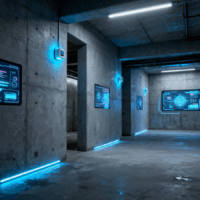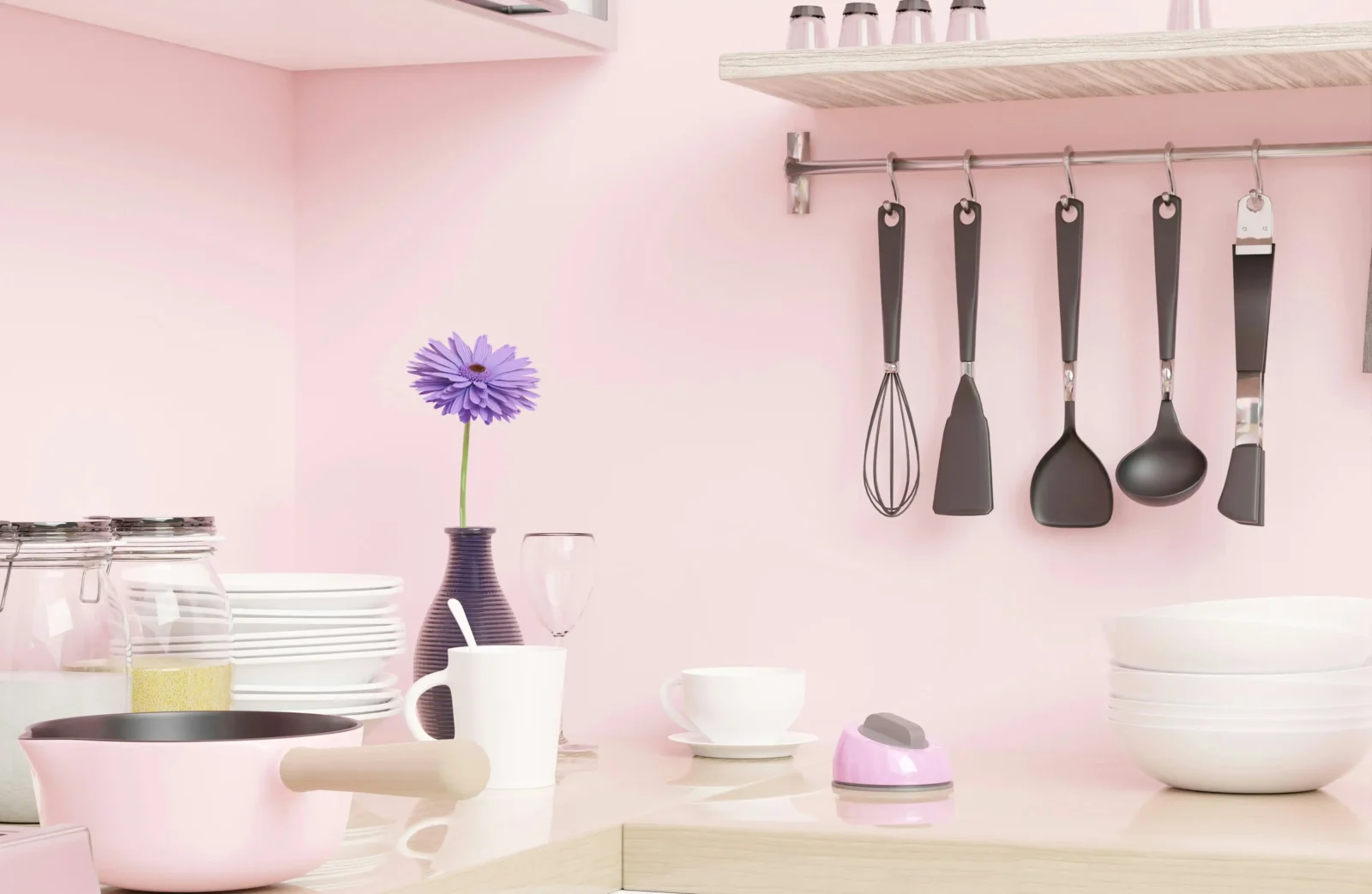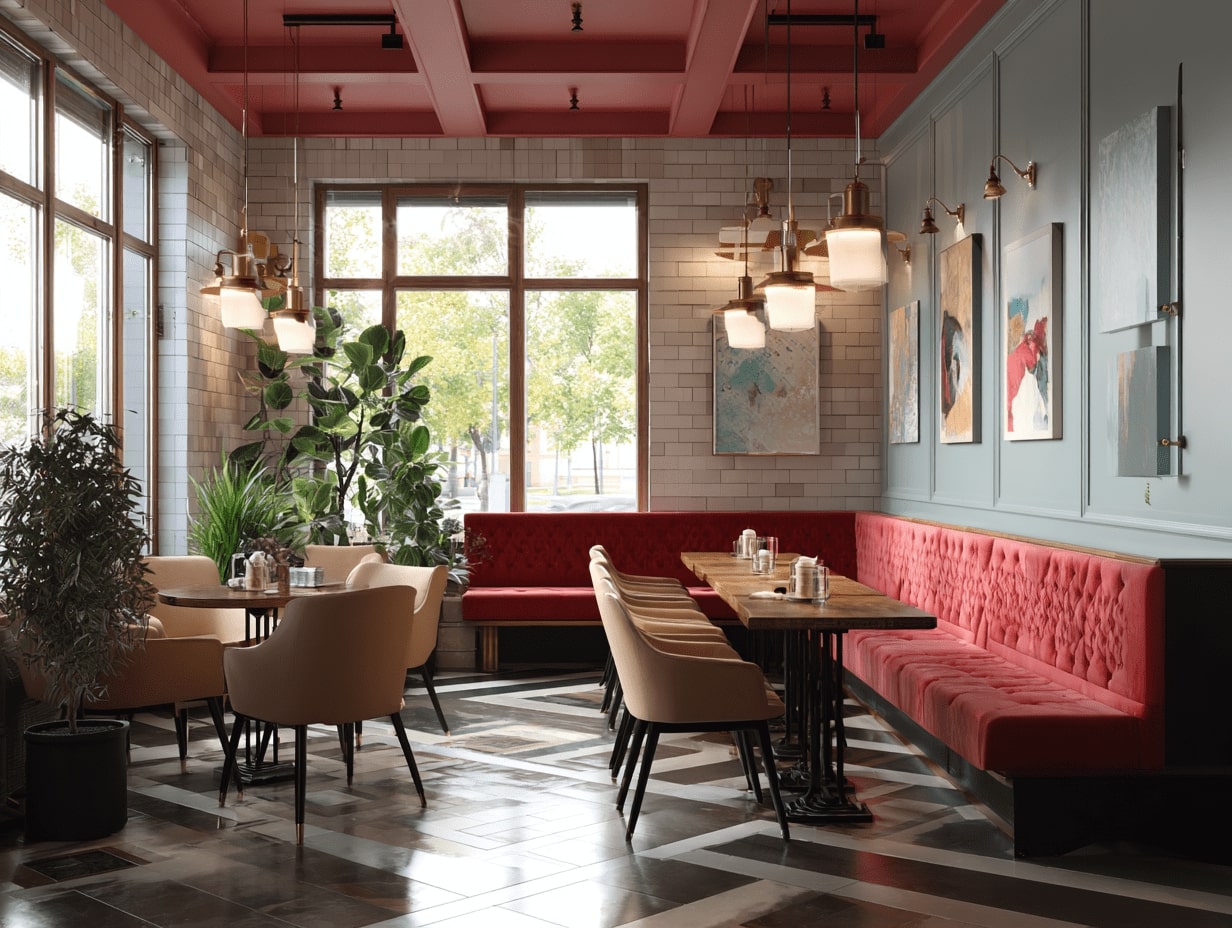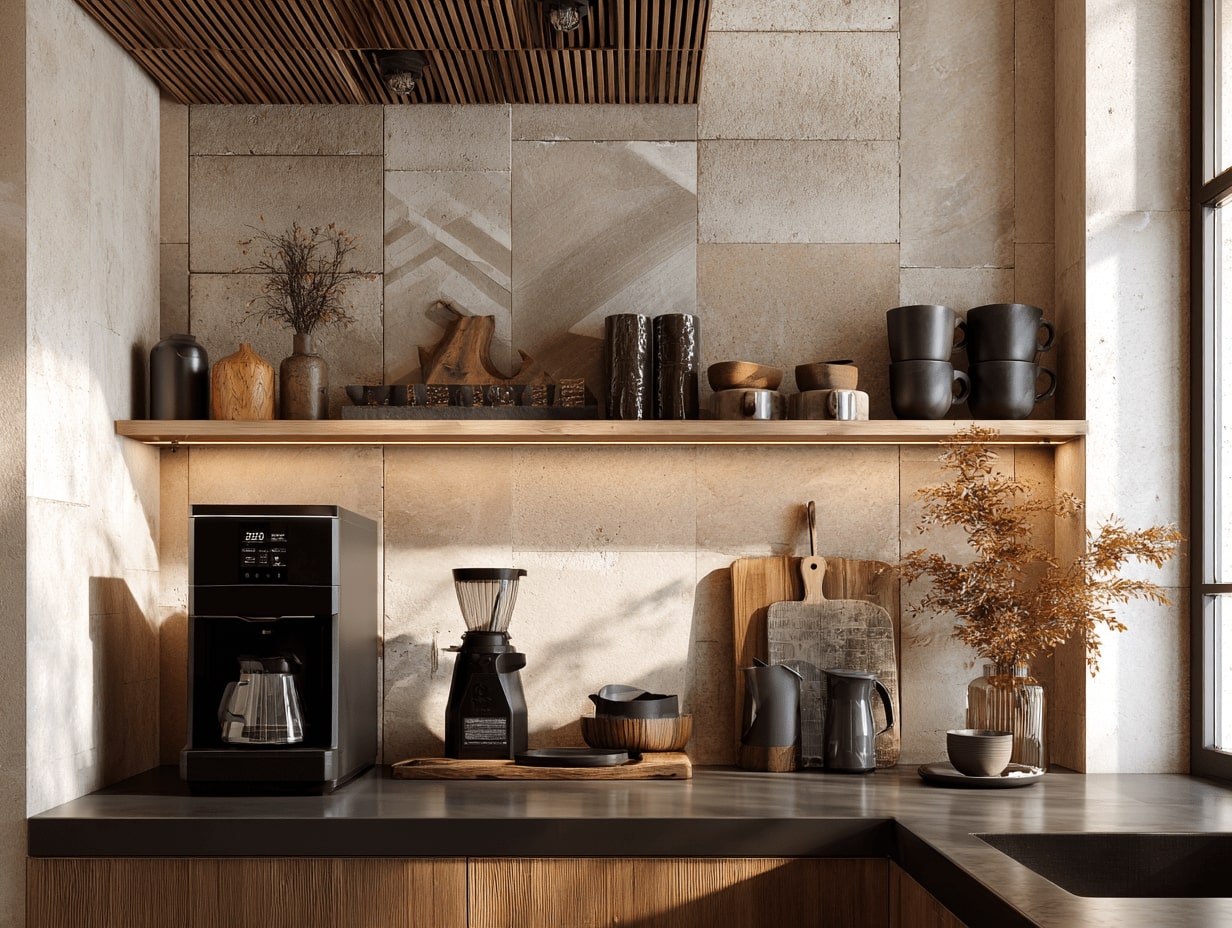- Home
- Articles
- Architectural Portfolio
- Architectral Presentation
- Inspirational Stories
- Architecture News
- Visualization
- BIM Industry
- Facade Design
- Parametric Design
- Career
- Landscape Architecture
- Construction
- Artificial Intelligence
- Sketching
- Design Softwares
- Diagrams
- Writing
- Architectural Tips
- Sustainability
- Courses
- Concept
- Technology
- History & Heritage
- Future of Architecture
- Guides & How-To
- Projects
- Interior Design
- Competitions
- Jobs
- Store
- ToolsNew
- More
- Home
- Articles
- Architectural Portfolio
- Architectral Presentation
- Inspirational Stories
- Architecture News
- Visualization
- BIM Industry
- Facade Design
- Parametric Design
- Career
- Landscape Architecture
- Construction
- Artificial Intelligence
- Sketching
- Design Softwares
- Diagrams
- Writing
- Architectural Tips
- Sustainability
- Courses
- Concept
- Technology
- History & Heritage
- Future of Architecture
- Guides & How-To
- Projects
- Interior Design
- Competitions
- Jobs
- Store
- ToolsNew
- More
Concept Development for Interior Architecture: Steps, Tips, and Key Elements

In the world of interior architecture, concept development stands as a cornerstone of creativity and innovation. Our recent study at Kocaeli University shed light on how guiding students through the concept development process significantly boosts their ability to create original and innovative designs. By focusing on 67 freshman students in an Introduction to Design II course, we observed a remarkable transformation in their approach to design.
The students who received direction in concept development not only improved their understanding of design but also showcased heightened creativity in their projects. This suggests that a structured approach to concept development can be a game-changer in interior architecture education. As we delve deeper into this topic, we’ll explore how these methods can be applied to foster creativity and innovation in both academic and professional settings.

Table of Contents
ToggleUnderstanding Concept Development in Interior Architecture
The Role of Concepts in Design Processes
Concepts serve as the cornerstone of interior architecture projects. A well-defined concept provides a cohesive vision, guiding designers in making critical decisions about elements like layout, materials, and overall aesthetic. In our experience, a clear concept ensures that every design choice aligns with the project’s overarching goals. For instance, the concept of fluidity might lead to choices favoring open spaces and seamless transitions between rooms. Similarly, a focus on sustainability might prioritize eco-friendly materials and energy-efficient solutions.
At Kocaeli University, students who developed and adhered to specific concepts showcased enhanced creativity in their designs. These concepts helped them navigate through the complexities of interior spaces, ensuring functional and aesthetic harmony. By starting the design process with a well-defined concept, students were better equipped to create innovative and original spaces.
Key Factors Influencing Concept Development
Several factors significantly influence the development of a design concept. Understanding these factors can provide a framework for creating more effective and compelling designs.
- User Needs and Behavior: A thorough analysis of the end-user’s needs and behavior patterns is critical. For example, in a commercial space, understanding how people move through and interact with the environment can lead to more intuitive and functional layouts.
- Cultural Context: Incorporating cultural elements can add depth and relevance to a design. Whether using traditional motifs or adapting modern trends, integrating culture enhances the space’s authenticity.
- Functional Requirements: Design concepts must address the functional requirements of the space. For instance, a kitchen needs efficient workflow areas, while a living room might prioritize comfort and social interaction.
- Innovative Trends: Staying updated with the latest design trends, such as biophilic design or smart home technology, can inspire fresh and contemporary concepts. These trends often bring new materials, technologies, and design philosophies into play.
- Environmental Considerations: Sustainable design is increasingly crucial. Concepts that focus on environmental impact consider energy efficiency, material sourcing, and waste reduction, aligning with broader ecological goals.
In our projects, we’ve seen how factoring in these elements leads to robust and resilient design concepts. By considering user needs, cultural context, functional requirements, innovative trends, and environmental impact, interior architects can develop concepts that are not only innovative but also practical and deeply connected to the project’s purpose.

Steps in Developing Interior Design Concepts
Identifying Client Needs and Goals
In the initial phase, understanding client needs and goals sets a solid foundation for the project. We begin with a detailed discussion to uncover preferences, lifestyle requirements, and the intended use of the space. Key aspects such as color schemes, furniture choices, and functionality are addressed during these conversations. This step ensures that our design solutions align closely with client expectations, creating personalized and satisfactory results.
Research and Inspiration
The next step involves thorough research and gathering inspiration. We explore various design styles, historical periods, and cultural influences to find elements that resonate with the project’s objectives. Consulting authoritative sources and reviewing current design trends, we identify innovative ideas that can be incorporated into the space. This research phase helps us form a clear vision while ensuring the design remains contemporary and relevant.
Creating Mood Boards and Sketches
After the research, we create mood boards and sketches to visualize the concept. Mood boards combine color swatches, furniture images, and material samples, offering a tangible representation of the proposed design. Simultaneously, hand-drawn sketches or digital models illustrate room layouts and spatial arrangements. These visual tools not only help us refine the concept but also facilitate effective communication with clients, ensuring they fully understand and visualize the design direction.

Core Elements of an Interior Design Concept
Balance and Harmony
Balance and harmony are crucial for creating a cohesive interior space. A well-balanced room doesn’t have any single element dominating the space, fostering visual stability. To achieve balance, we use symmetrical, asymmetrical, or radial methods. Symmetrical balance involves mirroring elements on either side of a central axis. For example, placing identical nightstands on both sides of a bed creates symmetrical balance. Asymmetrical balance uses different objects that have equal visual weight, creating a dynamic and interesting space. Lastly, radial balance arranges elements around a central point, such as chairs around a round table, fostering a focal point that draws attention and provides equilibrium.
Color, Texture, and Lighting
Color, texture, and lighting define the mood and aesthetic of a room. We choose colors that resonate with the client’s vision, using color theory principles to evoke desired emotions. For example, cool colors like blue and green can create a calming atmosphere, while warm colors like red and yellow can energize a space. Texture adds depth and interest; combining different materials like metal, wood, and fabric can create a multifaceted visual experience. Lighting is essential for highlighting key design elements. We use various lighting types such as ambient, task, and accent lighting to enhance the room’s functionality and aesthetic appeal. For instance, ambient lighting provides overall illumination, task lighting focuses on specific activities, and accent lighting highlights art or architectural features.
Functionality and Space Planning
Functionality and space planning ensure that a room is not only beautiful but also practical. We begin by analyzing the user’s needs and behavior patterns to design spaces that cater to their lifestyle. Effective space planning involves optimizing the layout to ensure ease of movement and efficient use of space. We consider traffic flow, furniture placement, and storage solutions to create a functional environment. For example, in a kitchen, the work triangle concept (linking the sink, stove, and refrigerator) enhances efficiency. Integrating multifunctional furniture, like a sofa bed or an expandable dining table, maximizes utility without compromising on style.
By focusing on these core elements, we develop interior design concepts that are both aesthetically pleasing and highly functional, ensuring our clients’ spaces are harmonious, engaging, and tailored to their needs.

The Impact of Effective Concept Development
Enhancing Client Satisfaction
Effective concept development significantly enhances client satisfaction. When we tailor designs to align with clients’ needs and preferences, it ensures that the final output resonates with their vision. This precision in addressing specific requirements leads to higher client approval rates. For instance, understanding a client’s fondness for minimalist design allows us to create uncluttered and functional spaces, meeting their expectations head-on by eliminating unnecessary elements. Consequently, this customized approach fosters a strong client-designer relationship built on trust and understanding.
Guiding Smooth Project Execution
A well-defined concept streamlines project execution. By establishing clear objectives and detailed plans upfront, we can anticipate potential issues and mitigate delays. This preparatory phase includes comprehensive mood boards, sketches, and design briefs that guide contractors, suppliers, and craftsmen. For example, when our mood board highlights a specific color palette, all stakeholders align on material choices and finishings from the start, reducing miscommunications or revisions. This organized approach not only saves time but also ensures consistent quality throughout the project, facilitating a seamless path from concept to completion.
Conclusion
Interior architecture’s primary goal is to create spaces that are both functional and visually appealing. Concept development serves as the foundation for achieving this balance. It involves a series of well-defined steps, each crucial for translating client needs into a cohesive design.
Identifying Client Needs
The first step in concept development is understanding the client’s needs. We gather information through consultations, questionnaires, and site visits. This data helps us create a design brief that outlines the project’s scope, objectives, and constraints.
Research and Analysis
After identifying client needs, we conduct thorough research and analysis. We study the latest design trends, materials, and technologies. This ensures our designs are both innovative and relevant. We also analyze the project’s spatial and contextual parameters to inform the design process.

Developing a Concept
Once we’ve gathered and analyzed the data, we develop a design concept. This involves creating mood boards, sketches, and preliminary layouts. These tools help us visualize the design elements and establish a cohesive theme. We focus on key aspects like balance, harmony, color, texture, and lighting to ensure the design is both functional and aesthetically pleasing.
Space Planning and Functionality
Effective space planning is crucial for any interior architecture project. We optimize layouts to improve flow and usability. This involves arranging furniture, fixtures, and equipment to facilitate efficient movement and functionality. In kitchens and bathrooms, this step ensures that components are arranged efficiently for their intended use.
Visual Representation
After finalizing the concept and space planning, we create detailed visual representations. These include 3D renderings, floor plans, and elevations. These visuals help clients understand the proposed design and provide feedback. They also serve as essential tools for contractors and builders during project execution.
Client Presentation and Feedback
Presenting the design to the client is a critical step. We use visual aids to explain our concept and gather client feedback. This iterative process ensures the final design aligns with the client’s vision and preferences. It also fosters strong client-designer relationships and increases approval rates.
Refinement and Finalization
Based on client feedback, we refine and finalize the design. This involves making adjustments to the layout, materials, and finishes. We ensure all design elements align with the initial concept and meet functional requirements. A well-defined concept streamlines this process, facilitating smooth communication among all stakeholders.
Submit your architectural projects
Follow these steps for submission your project. Submission FormLatest Posts
How to Fully Decorate Your Kitchen: A Practical Guide
Kitchens are no longer just functional spaces. They have become the heart...
Why Restaurant Design Matters for Social Life
Discover why restaurant design shapes social life. Learn how layout, seating, acoustics,...
The Architecture of Light: Natural Illumination That Shapes How We Live
Explore how natural light shapes architecture supporting circadian health, visual comfort, and...
How to Create a Useful Coffee Corner Design That’s Functional and Stylish
Discover how to design the perfect coffee corner at home that blends...












Leave a comment